Life finds a way: ‘New’ Tongan island already teeming with birds and flowers (PHOTOS, VIDEOS)
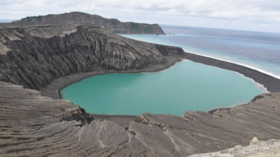
NASA scientists researching a brand new island that was created in the aftermath of a violent volcanic eruption in 2014 have discovered numerous forms of life thriving on the remote strip of land.
The island is one of just three new volcanic islands formed in the last 150 years that have survived longer than a few months.
Dan Slayback of NASA’s Goddard Space Flight Center took an expedition of students to visit the uncharted island on October 8 and recently published a blog post replete with stunning imagery of the nascent land mass.
His expedition found a healthy population of flora and fauna on the island including flowers, likely seeded by bird droppings on the volcanic cone’s flank, as well as hundreds of nesting sooty terns, and even a barn owl.
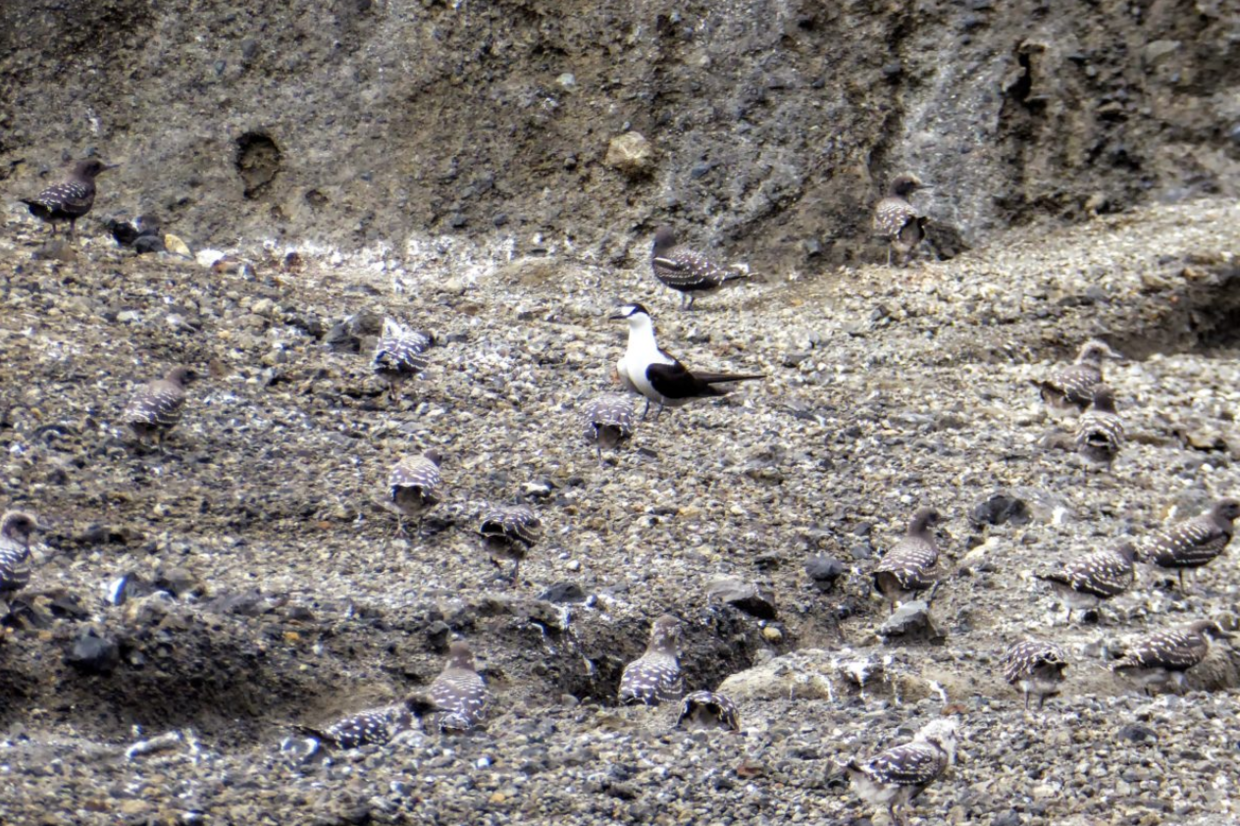
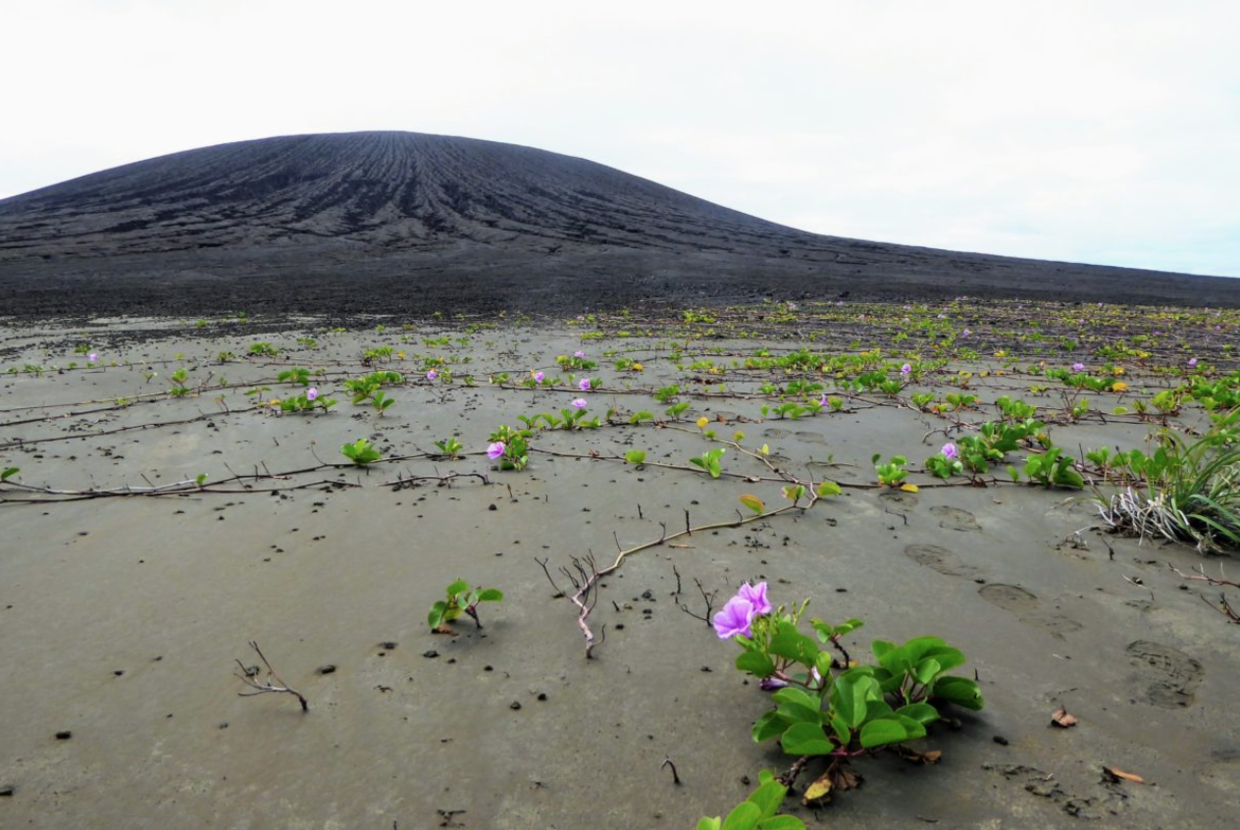
Amazingly, there’s no map of the new island and it has no official name, although researchers have dubbed it Hunga Tonga-Hunga Ha’apai, or HTHH for short. The moniker is a combination of the names of its two predecessors.
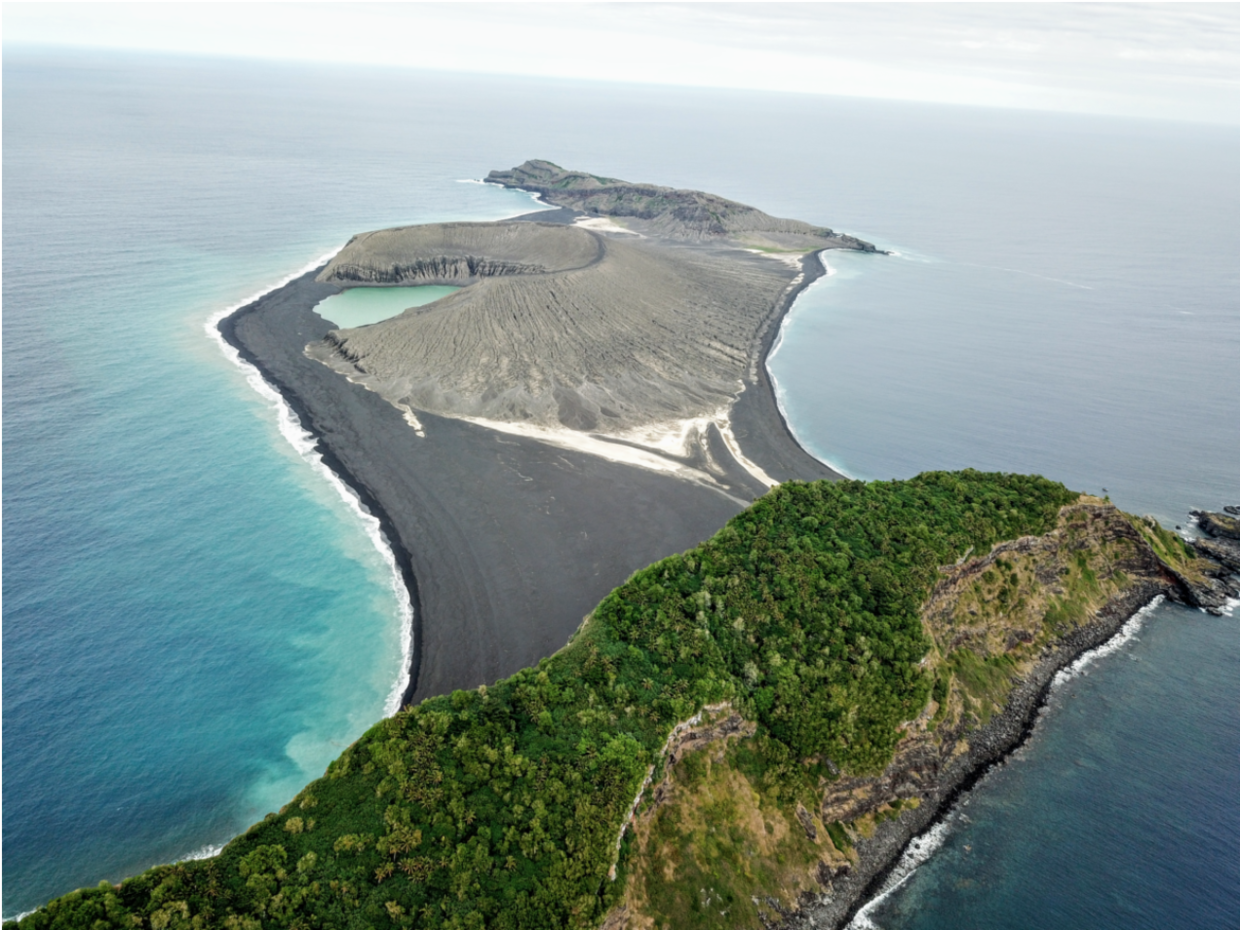
The island’s birth was a very violent affair. Ash plumes rose as high as 30,000 feet (nine kilometers) in the air, forcing air traffic diversions. It was initially given a life expectancy of just a few months but is now projected to live between six and 30 years.
However, following his visit, Slayback isn’t quite so optimistic.
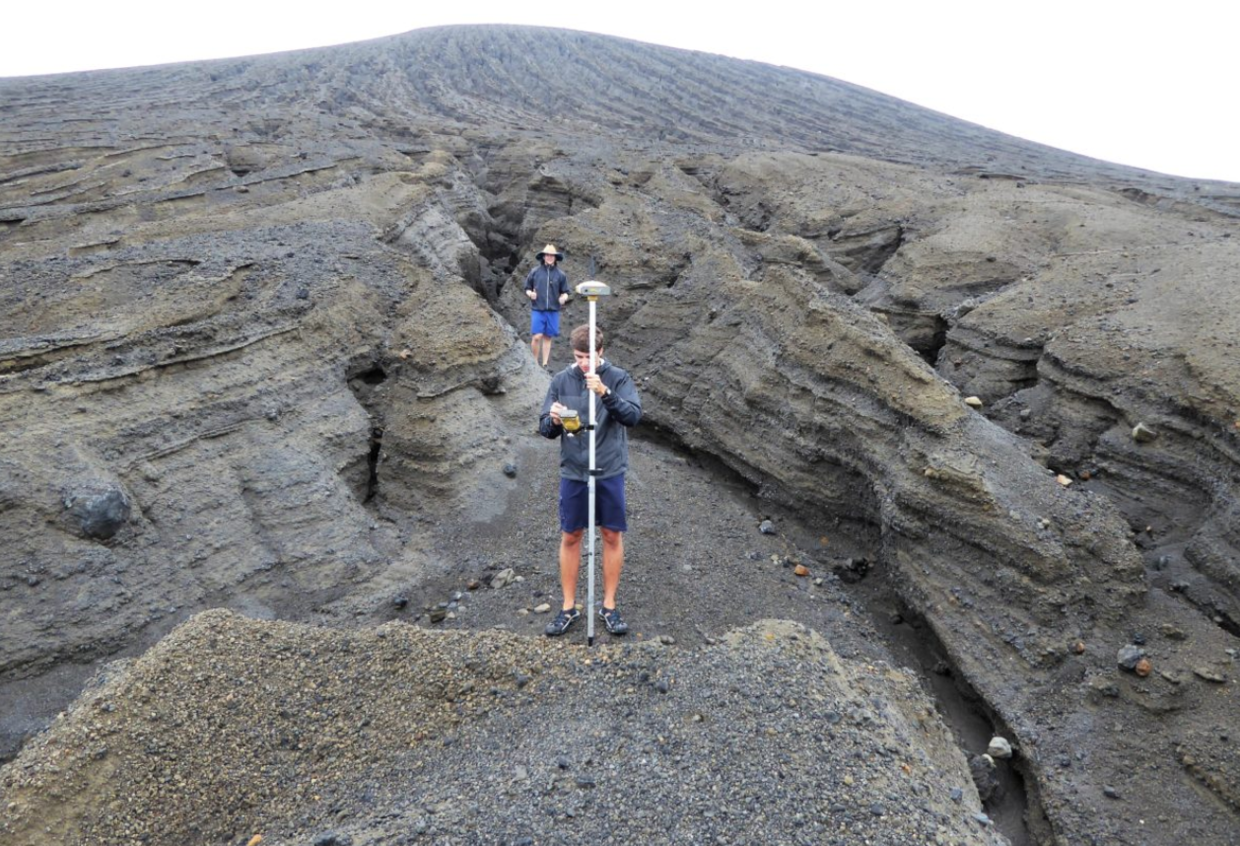
“The island is eroding by rainfall much more quickly than I’d imagined. It’s another aspect that’s made very clear when you’re standing in front of these huge erosion gullies. Okay, this wasn’t here three years ago, and now it’s two meters deep,” he said.
NASA is paying close attention to the erosion of this island as it may improve our understanding of similar features in other parts of our solar system, most notably on Mars.
READ MORE: Birth of new island could offer NASA clues about life on Mars (VIDEOS)
The space agency is also producing continuous 3D models of the island since it emerged in order to study erosion and ensuing changes in the land mass, but boots on the ground allow for a much higher degree of detail.
Think your friends would be interested? Share this story!














